Spring has sprung a little early this year. The calendar says it starts on March 21st but we’re seeing all the signs already. Meteorologically speaking winter is December, January and February, so any time in March we should start seeing Spring happening.
We have been hearing the flocks of Canada geese and swans flying north for a couple of weeks now. Robins have appeared and are singing loudly from the oak treetops. It occurs to me that I haven’t seen juncos for a while now, so maybe they’ve flown back to Canada, too.
The crocuses started poking their heads out of the ground and yesterday was the first day to see them blooming. A different type of bulb, anemones, bloomed last week. We call them “early crocuses”.
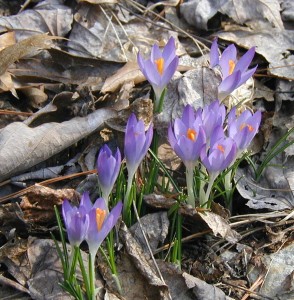
The anemones have thinner petals whereas the later crocuses have wider petals that are rounded at the tips. The linear leaves are very similar with the white midrib, but the anemone leaves are also thinner.
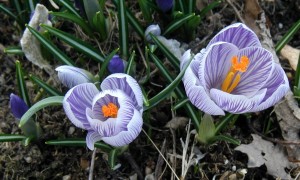
The temperatures here in the eastern US are about 20 degrees warmer than usual, so many trees have popped their leaf buds. Maple trees, elderberry canes, wild roses and blackberries have all pushed out their leaves. The elderberry leaves have grown the most so far, but with warm weather predicted for the next ten days or so, we expect the pollen levels to shoot up from lots of tree activity.
In the woods hepatica isn’t blooming yet. I did see one flower bud at the soil surface when I checked them yesterday, so I suspect that hepatica may bloom early this Spring.

Hepatica americana is a favorite of mine and since it’s growing wild on our property, you know I’ll be checking these plants often until they bloom.


![Reblog this post [with Zemanta]](http://img.zemanta.com/reblog_e.png?x-id=a5081689-3c7d-4e93-9c60-0e94e845e5b5)
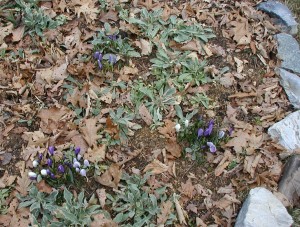
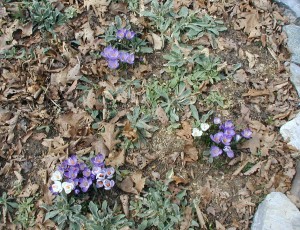
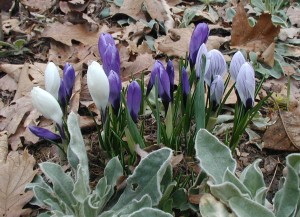
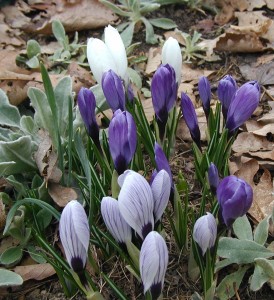
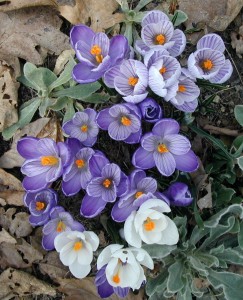
![Reblog this post [with Zemanta]](http://img.zemanta.com/reblog_e.png?x-id=9e7aef1a-da45-44e1-8fbb-0ebaf5003afa)